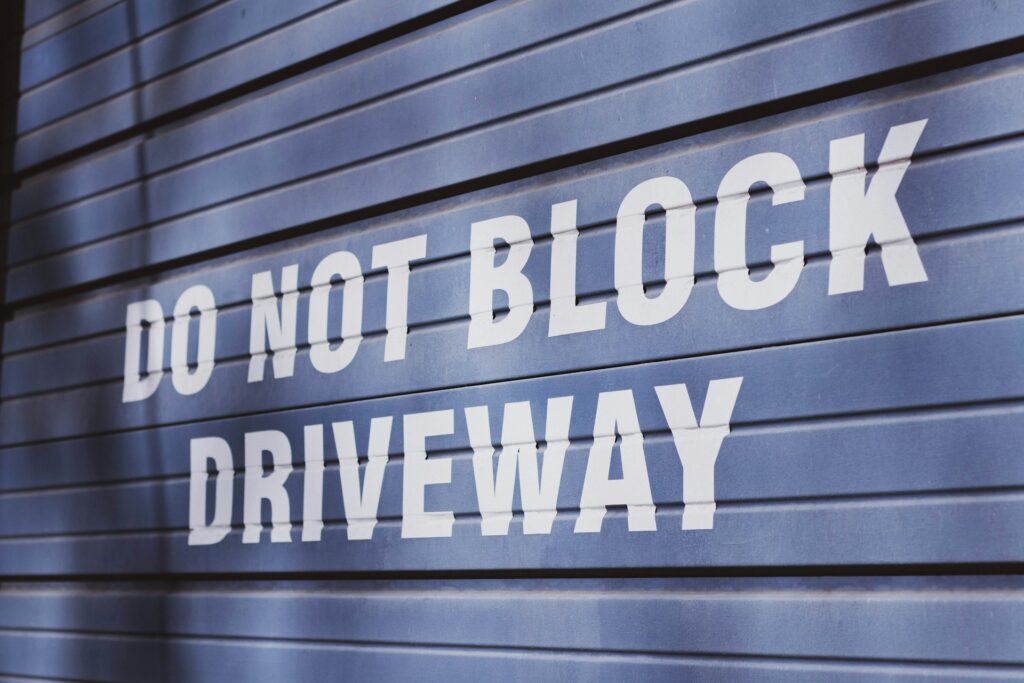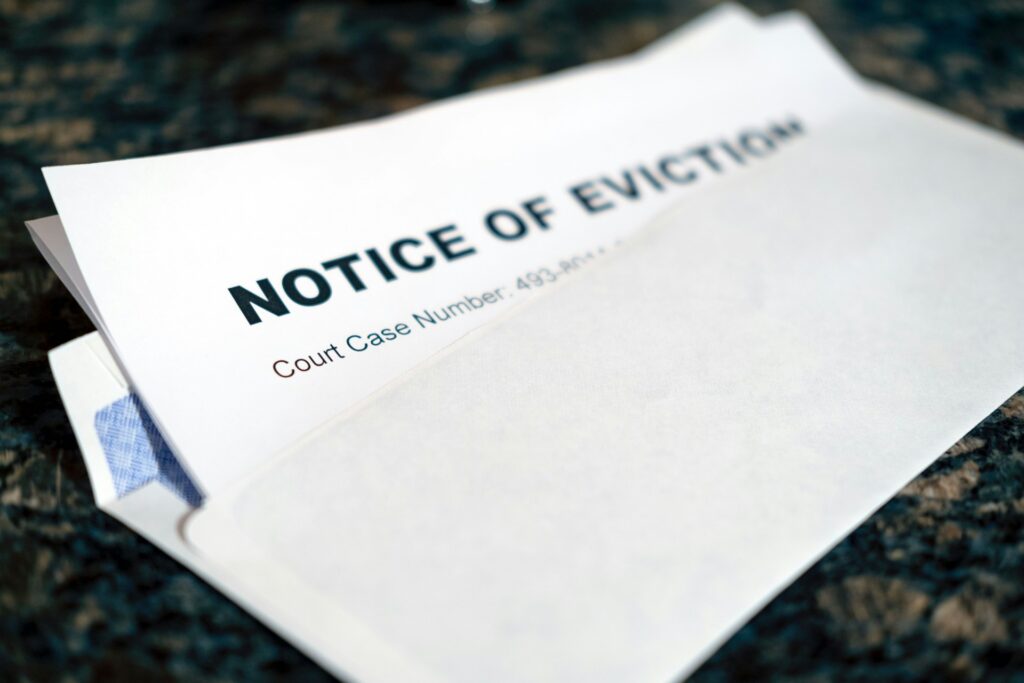How Long Does Conveyancing Take?

Estimated reading time 7 minutes
Conveyancing is one part of a property transaction that cannot be missed. Without it, a sale or purchase cannot be completed. As with anything in property, however, it can take time and see your house move take a little longer than expected. There are ways you can speed up the process, though, and in this edition of our blog, we show you how long conveyancing typically takes and how you could speed it up if a quick house sale or purchase is what you need.
What is conveyancing?
Conveyancing is the legal process that transfers property ownership from one party to another. An appointed conveyancer completes it, and, depending on whether you are buying or selling a property, will take on different tasks to ensure the job is complete. It follows a strict process that must be adhered to and covers everything from the initial contract right through to completion, reporting to HMRC and dealing with the Land Registry.
How long does it take to do conveyancing?
Hiring an experienced conveyancer can certainly make the process much smoother and complete much faster. Typically, you can expect to see conveyancing take anything from 12-24 weeks to complete.
Much depends on whether the property is part of a chain, and whether there have been any problems detected in a survey or searches. It should also be noted that freehold properties tend to see conveyancing completed more quickly compared to leasehold properties. This is because a leasehold requires more in-depth checks, and as a result, more paperwork.
Why does conveyancing take so long?
Whilst the timescale is long, conveyancing is vital to ensure the completion of the property transaction. If a conveyancer were to miss anything, there could be significant issues later on regarding the property. Sometimes, even with the best conveyancers working on the property transaction, delays are unfortunately inevitable. For example, if a buyer or seller does not provide information when requested, the entire process can be severely hindered.
In addition, you could find that any of the following factors come into play:
- The mortgage application may be rejected or require additional info. This could see a delay in offers being made, which in turn holds up the conveyancing
- Long property chains can add to delays in conveyancing as if any one property encounters an issue, the whole chain is likely to be affected
- If a property involved in the transaction is a new build, delays in its completion will stop conveyancing in its tracks and add to the time for the transaction to proceed
- Property issues discovered in the survey can see sales totally collapse, be investigated further or require new paperwork to be drawn up
- Searches are normally completed quickly but some local authorities are slower than others to return the results, and hand over the information. This could mean a wait of just a day or several weeks
- The seller misses important information on the TA6 form or other specific paperwork
Can you speed up conveyancing?
The best way to ensure conveyancing is completed as quickly as possible is to carry out as much work as you can in advance. Lack of attention to detail can see the conveyancer spending valuable time completing things you could have assisted them with.
Begin researching conveyancing options at the earliest opportunity. You will then have a pool of experts to choose from for your property sale or purchase.
As soon as an offer is accepted on the property, inform your solicitor and, if buying, apply for your mortgage and get your survey booked in. Then, tell your appointed conveyancer once it is completed. Check and double-check that you have all the relevant paperwork and documents, such as identification and proof of funds. Send them to the conveyancer.
Most importantly, communicate. Regularly touch base with the conveyancer and your estate agent to check up on the progress of the conveyancing and the property sale. Don’t do this too much, as you’ll soon become an annoyance – just checking in once a week should be fine. In addition, remember to respond should any questions come your way from either the conveyancer or the estate agent.
If you are selling, you can also speed up the process by ensuring the correct forms are filled out as truthfully as possible. Failure to provide the correct information on paperwork could result in you being sued. Also, if the buyer has reason to believe you have been deliberately misleading them, they could pull out of the move altogether. You may be asked to complete the TA6, TA7, TA9, TA10 and TA13 forms. Each relates to something different with the property sale ranging from basic property information to financial details, such as the mortgage being cleared and when you will complete.
Use the timeline below to familiarise yourself with how conveyancing works. This way, you know exactly what should happen when, and whether you should be chasing anything up.
The conveyancing timeline
The conveyancing relating to the property sale or purchase could take anything from 12-24 weeks, with some stages taking longer than others. Delays can unfortunately be inevitable should there be a lack of information freely flowing between the parties involved.
Pre-contract
The moment an offer is accepted on a property, conveyancing can begin. That is why it’s so important to appoint a conveyancer as early as possible. If you leave it too late, you are just adding to the time it will take to complete.
Your conveyancer will obtain and check all legal documents relating to the property purchase or sale. They will liaise with the solicitor from the other side regarding the draft contract and begin the local searches. As the searches take place, a survey should be booked by the buyers.
The searches, survey and obtaining of the legal documents should take around 2 weeks.
Mortgage offer
A mortgage in principle, or agreement in principle as it is also known (often seen as MIP or AIP) should have been organised in advance of any offer going on a property. With an offer now accepted, a lender will help complete the mortgage application process and turn that MIP into a mortgage offer.
The move from an MIP to an actual mortgage offer can be approximately 4 weeks, although this can be delayed if the lender requires additional information and is held up obtaining it.
Draft contract
As the mortgage application is being processed, the conveyancer will continue putting together the draft contract. This will include Land Registry information, and anything from the other party that is pertinent to the sale such as fixtures and fittings that will be included, who will fix any issues raised in the survey and what the date of completion will be. Results from searches and surveys will also be investigated during this time as they could affect the contract.
As a result, you could be looking at a period of just two weeks, but also as long as ten weeks for a draft contract to be drawn up.
Exchange of contracts
With a mortgage offer now locked in, and questions from the searches and survey answered and resolved, the contracts are ready to be exchanged and the completion date set in place.
This process is normally among the quickest of the conveyancing stages but can be held up if the seller, for example, asks for a little longer to complete their purchase.
The contract exchange and completion should take around a week, but can in some cases be organised to fit the needs of both the buying and selling parties.
You can be free from the lengthy conveyancing timeline by looking to a sell house fast expert like Bettermove. With your home promoted to a team of committed cash house buyers, you can avoid lengthy waits, costly fees and the worry of a chain collapsing and sell your house for free within 30 days. No legal fees, no commission, just a quick house sale with zero stress.



